Vehicles Axed in 2013

A lot went down in 2013. It was something of a banner year for the automotive business. Products continued to get better, sales steadily improved and alternative propulsion, whether in the form of electricity or diesel gained significant traction.
Beyond all of this, a new Chevrolet Corvette was introduced; Ford revealed its next-generation Mustang; and it was announced that Mary Barra will become the next CEO of General Motors. The times, they are uh-changin’ and for the better.
SEE ALSO: Top 10 Automotive News Stories of 2013
But it wasn’t all puppies, cotton candy and songs about holding hands; quite a few nameplates were culled in 2013. Here’s a list of vehicles that were terminated last year, some of which we’re sad to see go, others probably should have never made it into production.
The 2.5-liter fiver found under the Audi TT-RS’s hood belted out 360 turbocharged horses and screamed like a street-legal racecar. It was matched exclusively to a six-speed manual transmission. Power was sent to all four of the petite performance car’s corners via quattro all-wheel drive. Needless to say this was an enthusiast’s machine, and it sat at the top of the Audi’s TT lineup. We’re sad to see this steroidal car perish, but it’s a goner.
In addition to the EXT model, the Escalade hybrid is finished as well. This full-size luxury SUV was designed to maximize fuel economy and it was appreciably more efficient than the standard model. Its drivetrain centered on a 6.0-liter V8 engine that put out 332 HP and 367 LB-FT of torque. With rear- or all-wheel drive the electrified ‘Scalade stickered at 20 miles per gallon city and 23 on the open road. That’s A LOT better than the 15 MPG average a standard AWD version could muster.
Following in Cadillac’s tire tracks once again (or is it the other way around?) the Chevrolet Tahoe Hybrid is no longer offered in 2014. This electrified, fuel-sipping SUV featured a 5.3-liter Vortec V8 engine and a six-speed automatic transmission. Just like the Escalade Hybrid it delivered up to 21 MPG combined. That’s decent mileage but it’s not enough in today’s fuel economy-dominated world.
SEE ALSO: Lamborghini Huracan Gores Gallardo Into History
But perhaps this situation isn’t as bad as it seems. The Gallardo’s replacement has been detailed and it’s a monster. The all-new Huracan is engineered to impress. It’s powered by a 5.2-liter V10 that packs a 610 HP punch. With a curb weight of less than 3,200 pounds it should be able to hit 60 miles an hour from a standstill in just 3.2 seconds. Ok, now you’ve got our attention, though we still miss the manual transmission.
In ‘Murica the C30 was powered by a 2.5-liter turbocharged five-cylinder engine. It could be matched to either a six-speed manual or an automatic with five forward gears.
But the C30 hatch isn’t the only Volvo that landed on the chopping block last year. The brand’s C70 convertible was axed as well. It featured a complicated though very sturdy retractable hard-top. Two versions of the company’s 2.5-liter turbo five-cylinder engine were offered, though only one transmission was on the menu, the abovementioned five-speed slusher.

Born and raised in metro Detroit, Craig was steeped in mechanics from childhood. He feels as much at home with a wrench or welding gun in his hand as he does behind the wheel or in front of a camera. Putting his Bachelor's Degree in Journalism to good use, he's always pumping out videos, reviews, and features for AutoGuide.com. When the workday is over, he can be found out driving his fully restored 1936 Ford V8 sedan. Craig has covered the automotive industry full time for more than 10 years and is a member of the Automotive Press Association (APA) and Midwest Automotive Media Association (MAMA).
More by Craig Cole





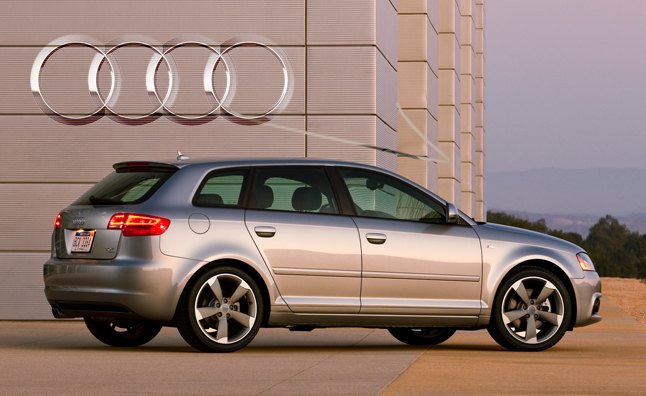






























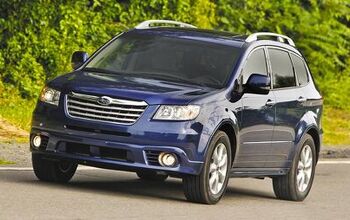
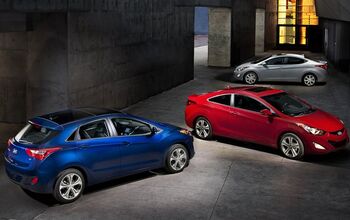
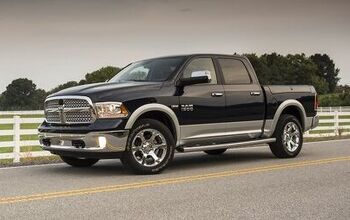


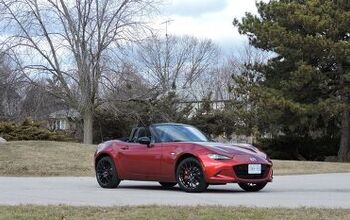
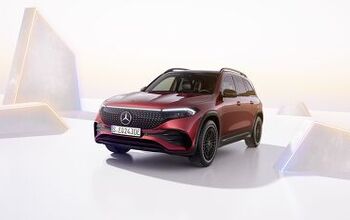

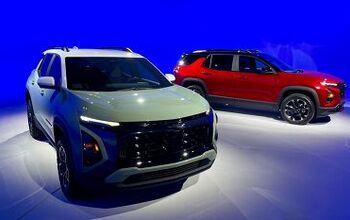

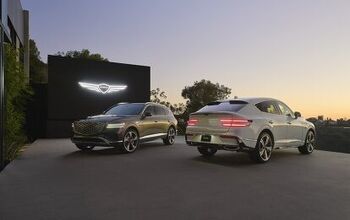

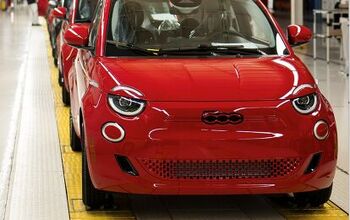
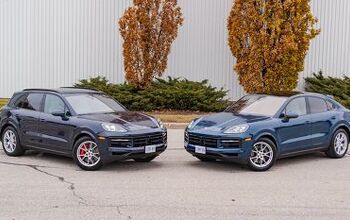
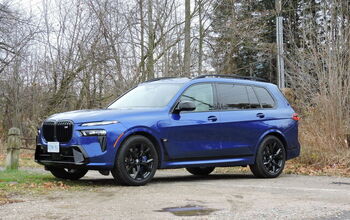
Comments
Join the conversation
A simple list with descriptions and pictures is nice. I hate these slideshows you have to wait to load...
Regarding the Audi TT-RS, the article complains that 5-cylinder engines are not enjoyable and "go against physics." Then it says the motor was fantastic in the TT-RS. Is your author schizophrenic? I seem to remember some awesome Audi Quattro 20-valve 5-cylinder rallye cars back in the 80's. This motor is a VW-Audi staple. If I remember correctly Audi first employed the 5-cylinder engine in the 1976 Audi 100. Bullsh*t about "moaning like a camel." I think they've got it working like a champ over the last 38 years.